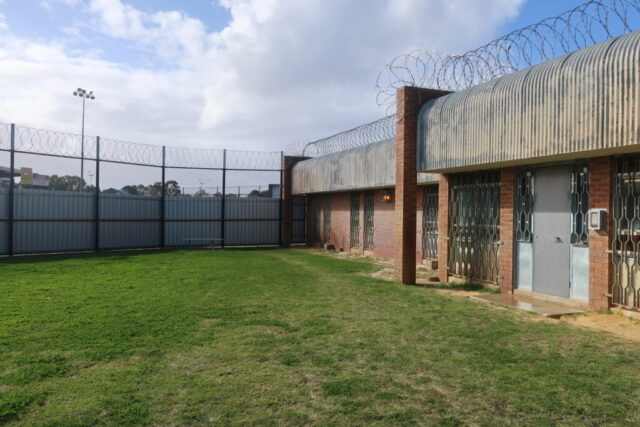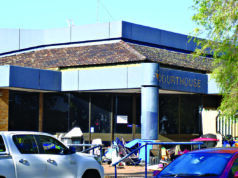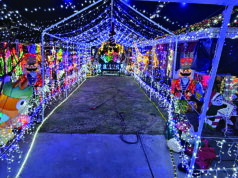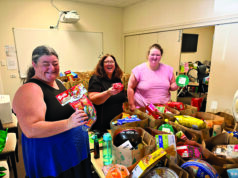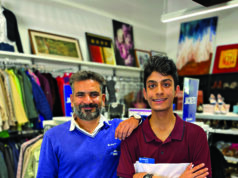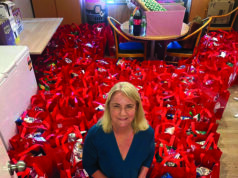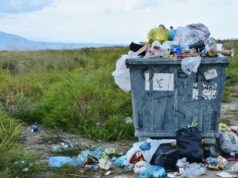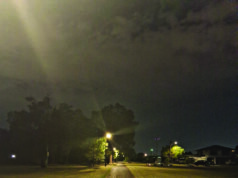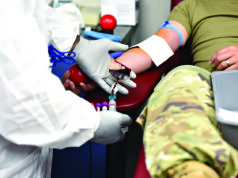Boronia Pre-release Centre for Women has earned praise for its strong rehabilitative model, but a national expert said the real challenges for women in custody often begin after they leave prison.
The Inspector of Custodial Services (OICS) recently released its 2024 inspection report, calling Boronia a high-quality, women-centred facility that provides genuine opportunities for personal development and community reintegration.
OICS said Boronia’s philosophy of providing residents with opportunities for personal improvement and responsibility ahead of release “was evident in most areas it examined during a 2024 inspection.”
It also praised the centre’s management and approach to reintegration.
“Based on international best practice, (OICS) has consistently found Boronia to be a women-centred facility, delivering empowerment, genuine choices and individual responsibility, focused on effective support for reintegration,” the report said.
The Department of Justice welcomed the report and said it reinforced Boronia’s reputation as a best-practice model in women’s corrections.
Department Director General Kylie Maj said the centre supported women through education, work, vocational training, parenting classes and culturally appropriate programs, including Noongar language lessons and the Yirra Djinda hospitality training program for Aboriginal women.
“The self-care living environment empowers women to take part in education, work, vocational training and other opportunities that equip them with improved skills and resilience,” Ms Maj said.
But the report also flagged some issues, including delays in approving employment and leave opportunities beyond the centre’s perimeter, limited access to online education, and calls from residents for more support around grief, trauma and abuse.
Professor Stuart Kinner, head of the Justice Health Group at Curtin University, said Boronia’s model stood out compared to many other facilities.
“Boronia is probably doing a better job than many other places, because the mere fact that it’s a pre-release centre implies at least some investment from the government in trying to support women transitioning back to the community,” he said.
However, he warned that reintegration challenges often extend far beyond the prison gates.
“Pre-release support is fine, but where things get difficult for people is typically post-release,” he said. “We need to be providing support for women after they get out of prison, not just before.”
The report’s call for more trauma-informed programs was also met with caution.
“Many women in prison have experienced a lot of trauma, often connected to why they’re there in the first place,” Professor Kinner said. “But the term ‘trauma-informed’ is nebulous. It depends on what’s actually being done.”
The professor also questioned the heavy reliance on standardised programs to solve complex issues.

“One of the mistakes in this sector is the assumption that everything can be fixed with a program,” he said.
“Corrections typically means a structured six- or twelve-week course, often run by junior mental health professionals. The evidence for many of those programs is pretty weak.”
Instead, he suggested more consultation with women who have experienced incarceration.
“Maybe the best way to find out what works is to ask women themselves what they need to help deal with trauma,” he said.
Additionally, Professor Kinner noted digital access was essential to modern rehabilitation, especially in education.
“Since COVID, places like New South Wales have rolled out iPads to almost everyone in prison,” he said. “We know it can be done, and we have the technology to manage privacy and safety concerns.”
He said these devices could support not just learning, but also social connection with family, children, and service providers, all of which are protective against poor mental health and reoffending.
On the issue of delays in granting external work or education placements, Professor Kinner explained that the complexities of managing employment while in custody were real, but solutions needed to be found.
“We should be minimising those delays as much as possible, even if there’s no easy fix,” he said.
While he commended WA for having a facility like Boronia, he stressed the need to think more broadly about the whole system.
“Boronia is a great idea, and the centre seemed like a safe, therapeutic place when I visited,” he said. “But we also need to think about the women who can’t access Boronia. If the state deprives someone of their liberty, then it has a responsibility to help them achieve better outcomes.”
He said the focus should be on how the entire prison system supports the reintegration of all people, not just those who get access to model facilities.
“It’s a bigger picture than just the Boronia Pre-release Centre,” he added.


